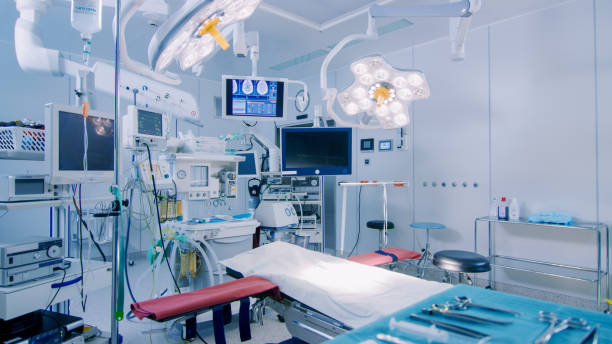The medical device market was recently charted as a $456 billion industry. This isn’t surprising when you consider the entire picture. Our entire medical infrastructure – hospitals, medical schools, emergency rooms, dental practices, veterinary firms, physical therapists’ offices, and any other health business relies on this equipment.
Recent issues with the medical device supply chain are creating challenges.
These particular supply chain disruptions affect businesses and patients alike. Here are some of the main challenges at play.
Medical Equipment Supply Is Low
The biggest problem is that medical equipment inventory is low across the board. Healthcare was hit hard during the pandemic and the need for equipment went through the roof. We still haven’t recovered from that. Medical businesses are having to get strategic about their supply orders, and often deal with waiting lists.
Dialysis machines, testing kits, and personal protective equipment (PPE) are in low supply. There’s also a shortage of ventilators and anesthesia equipment. Go through your testing, dialysis, PPE, and anesthesia machine checklist to take inventory. Run through your list of suppliers and figure out if you’re getting the best deals.
Employees in the Medical Supply Chain Are Undertrained
A skilled worker shortage also causes supply chain disruptions. Fulfillment centers and warehouses need skilled workers to manufacture equipment. Workers also manage the machines and get medical equipment from Point A to Point B.
Since these are skilled positions, it’s not as simple as opening up mass hirings. Many plants in the supply chain are understaffed and not able to provide the speedy, massive output that the industry demands right now.
Compliance Gets Complicated
Patients’ health and well-being rely on these machines. That’s why there are strict compliance standards in place. These standards regulate the manufacturing, labeling, shipping, and handling of all medical supplies.
An oversight or two can create a compliance issue that delays production and slows up the supply chain. On a global level, the European Union (EU) recently made changes that re-classified certain medical equipment as higher risk.
All of these setbacks affect the supply chain.
Companies Aren’t Executing Strategically
The supply chain and economy are ecosystems. Each part is dependent on the other, and changes can create a ripple effect. When companies enter the market with poor strategies, their mistakes can affect the business partners that rely on them.
Combine that with inflation and pandemic setbacks, and it’s easy to see why many ill-prepared companies are now in over their heads.
Understanding the Medical Device Supply Chain
Learning about the medical device supply chain allows you to make decisions that put your business at an advantage. Let these points inform how you order supplies, choose the companies that you partner with, and how you price your services.
The patient benefits most of all because they’ll receive better, more cost-effective medical care.
We’re happy to help you out when you need to get up to speed on a wide variety of topics. Check out our other articles to learn more about the medical industry, supply chain news, and so much more.
